How To Effectively Treat & Get Rid Of Bed Bugs
Bed bugs are a nuisance of a pest. The mere thought of them makes most individuals' skin crawl when they think of them sucking on their blood as they sleep. They are known for being a tough pest to get rid of. Just the sight of one bed bug is enough to set individuals in a panic wondering if these pesky bugs have multiplied beyond control. There is also the inconvenience of being bitten and tormented by these little bugs regularly once they have settled into their new dwelling place. But individuals don’t have to tolerate bed bugs. In fact, it is optimal to get rid of them quickly and efficiently. The following are methods individuals can use to effectively treat and get rid of bed bugs quickly.
Clean Bedding And Clothing With Heat
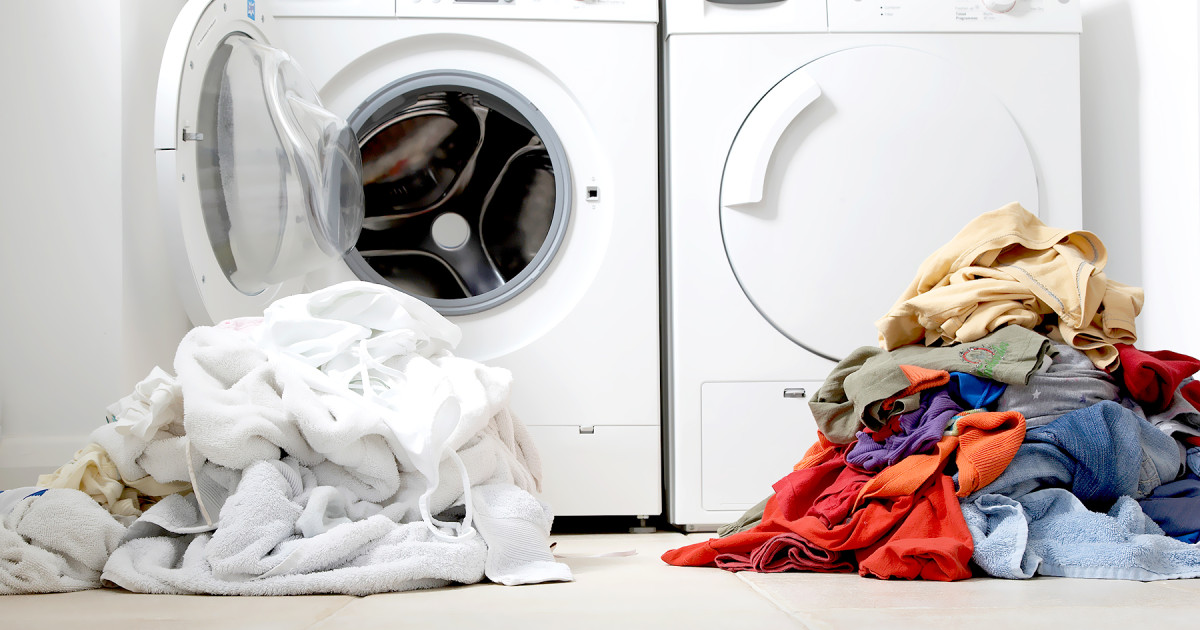
Heat is like kryptonite for bed bugs. They simply cannot thrive in extremely hot environments. So, if an individual is looking to rid their environment of bed bugs, they should clean their bedding and clothing with heat. Their washer and dryer are the most convenient and effective ways to kill bed bugs. The combination of washing and drying bedding and clothing with hot water and high heat is enough to stop bed bugs in their tracks. Even items that cannot be washed such as 'dry-clean only' clothing can be placed in the dryer to kill bed bugs. For the best results, clothing and bedding should be placed in the dryer on high heat for a minimum of twenty minutes. To decrease the chances of spreading bed bugs, keep the dryer-treated bedding and clothing stored away from infested areas.
Keep reading for more on treating bed bugs effectively now.
Scrubbing The Mattress
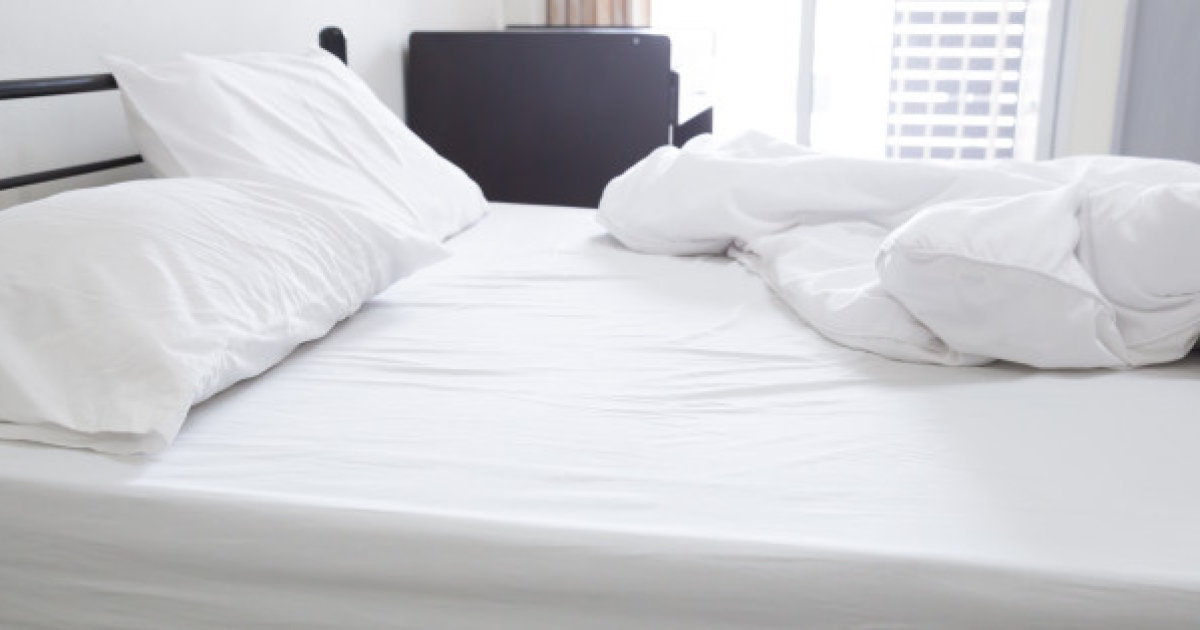
Mattresses are one of the most common places for bed bugs to hide and thrive. Thoroughly inspecting and scrubbing the mattress is vital to effectively treating and getting rid of bed bugs and their eggs. Complete a thorough inspection of the top, bottom as well as the sides and seams of the mattress to identify possible bed bugs. Use a stiff brush preferably with small bristles for scrubbing. The scrubbing helps free the bed bugs and their eggs from the mattress. After scrubbing the mattress, use a vacuum with a hose attachment to thoroughly remove the bed bugs and their eggs. Make sure to throw away the brush to avoid a possible bed bug re-infestation. Individuals may also consider purchasing a new mattress and dispose of the old one.
Continue to reveal the next method of getting rid of bed bugs now.
Vacuuming The Infested Area

Any area infested with bed bugs needs to be thoroughly vacuumed. When vacuuming the infested area, individuals should use a vacuum with a hose attachment as this allows them to get into small nooks and crevices where bed bugs love to thrive and hide. Avoid using the bristle attachment while vacuuming the infested area as bed bugs can cling to the bristles and spread to other areas. Close off the infested area, and thoroughly vacuum everything, including mattresses, furniture, and carpets. When finished vacuuming, take the vacuum outside to remove or empty the contents. Make sure to seal the contents from the vacuum securely to ensure the bed bugs and eggs remain contained. Thoroughly clean the vacuum and all attachments used outside with hot water to kill any remaining bed bugs and their eggs. For best results, vacuum the infested area more than once. If individuals are concerned about possibly re-infesting their environment with bed bugs with the vacuum, they may want to dispose of the vacuum afterward.
Get to know more about treating bed bugs now.
Encasing Furniture In A Zippered Cover
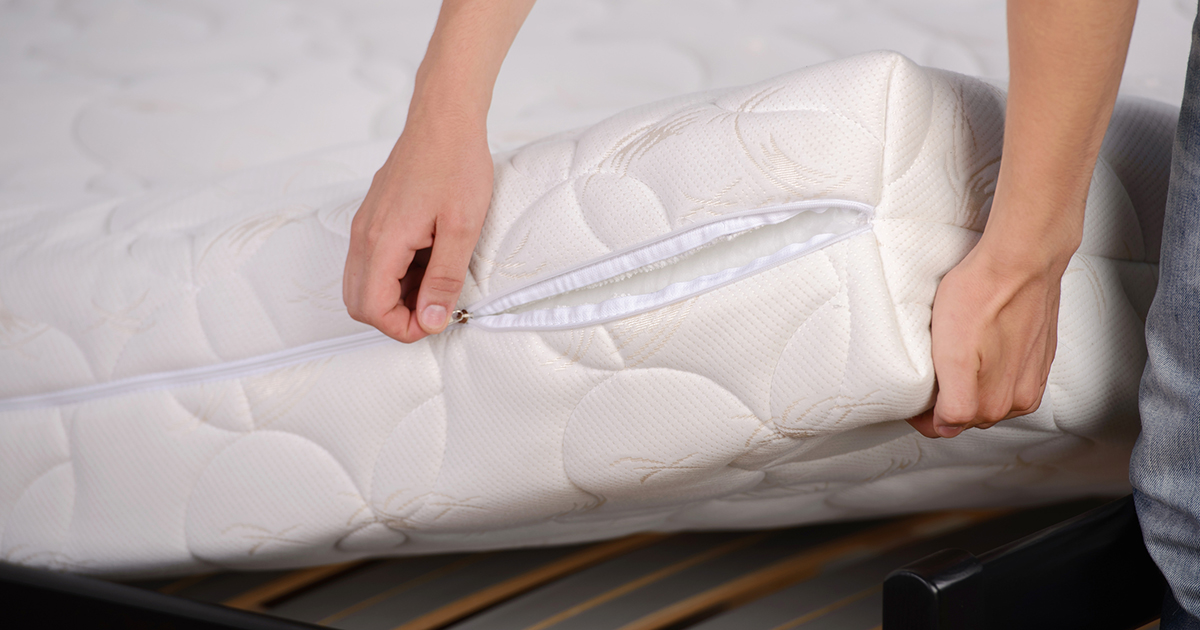
Keeping belongings enclosed is important when tackling a bed bug infestation. Encasing furniture in a zippered cover allows individuals to protect items that were thoroughly cleaned. As it takes time for bed bugs to mature, the zippered covers allow individuals to entrap additional bed bugs not killed during the initial treatment process. By encasing furniture in a zippered cover, individuals can prevent the possible spread of a bed bug infestation to other areas of their home. Encasing furniture allows individuals to properly dispose of items ruined due to a bed bug infestation. The protective zippered cover contains the bed bugs as individuals remove the infested items from their environment.
Discover the next method of getting rid of bed bugs now.
Declutter And Clean Up The Space
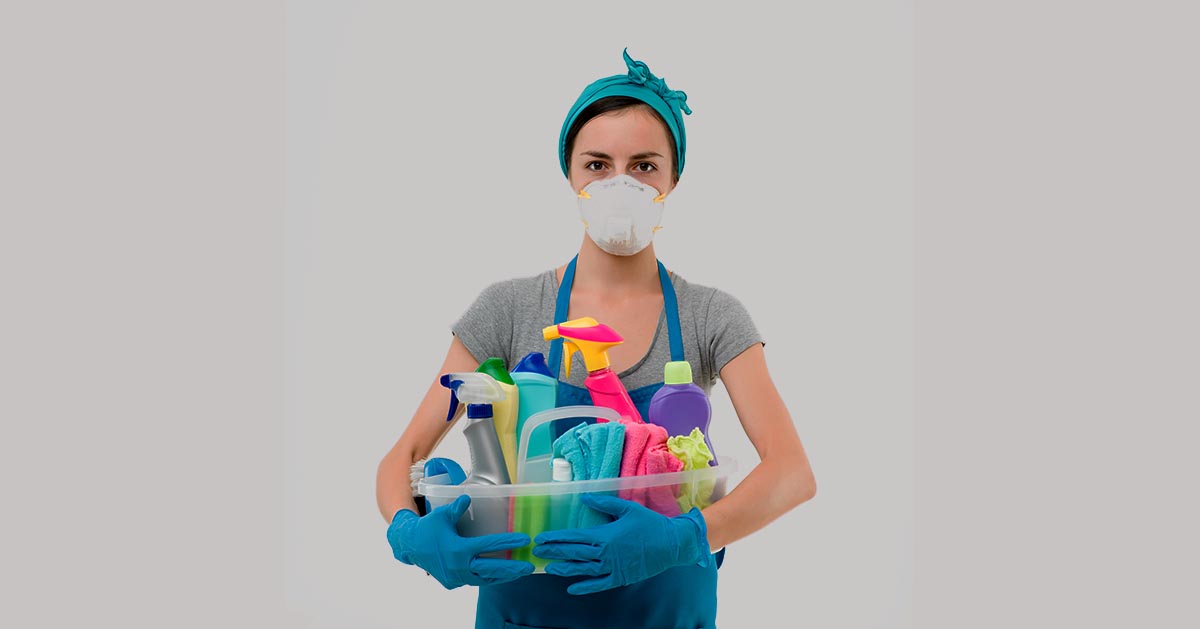
The cleaner the environment, the less likely bed bugs can thrive. Clutter is a breeding ground for bed bugs because it provides an atmosphere for them to procreate and multiply. Individuals should declutter and clean up the space regularly as this allows them to see if their bed bug treatments are effective. Throw away unneeded items. It is best to discard unneeded items than to risk holding onto items that could cause a re-infestation. Likewise, when decluttering and cleaning up the space, other bed bug treatment methods, such as the application of insecticides, are more effective. Simplicity is key when effectively treating and getting rid of bed bugs. Bed bugs are not a welcome addition to an environment. The sooner individuals can effectively treat and get rid of bed bugs the happier they will be.
Read more about getting rid of bed bugs now.
Repairs Cracks In Walls And Floors
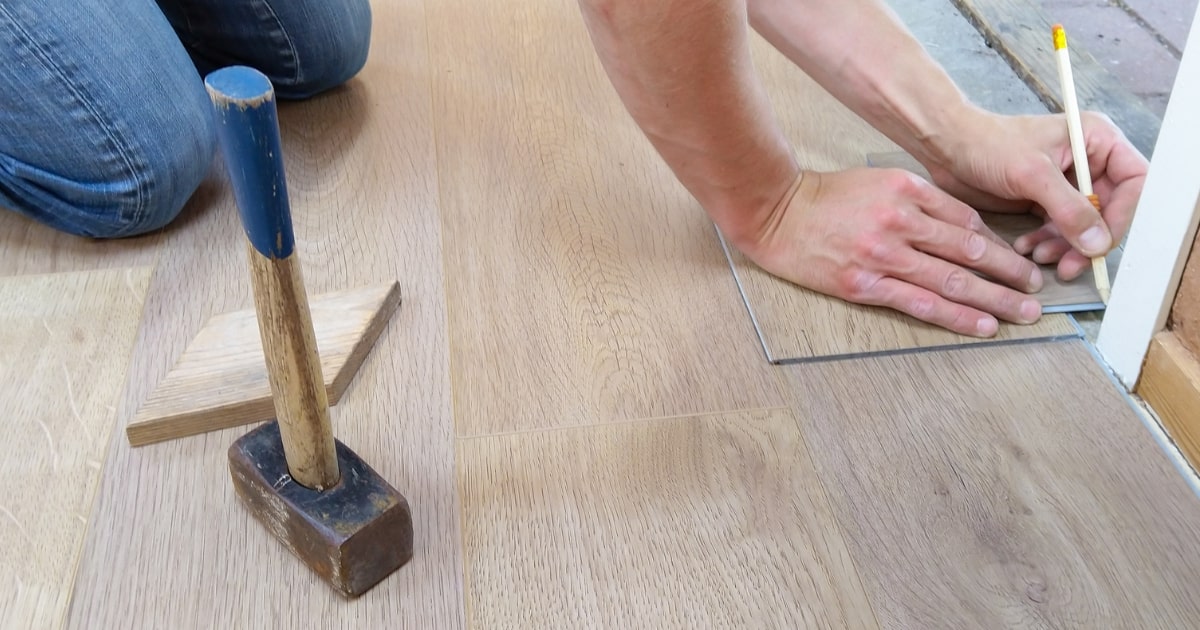
To prevent a bed bug infestation or treat an existing one, experts recommend that everybody repairs cracks in walls and floors. Homeowners and renters should scan each room of the house, using a flashlight to check carefully for very small cracks and crevices. Baseboards, ceilings, corners, and tile or hardwood floors should all be investigated for potential cracks. It is especially important to check for possible holes around windows and doors, and areas around washers, dryers, and plumbing should be examined too. If cracks are identified, there are usually several different types of materials that are effective in sealing them. Depending on the specific floor or wall surface, using caulk, wood glue, steel wool, or paint may be appropriate. Sealing a crack with duct tape could work as a temporary measure if other materials are not immediately available.
Keep reading to learn more about managing bed bugs now.
Fix Peeling Wallpaper
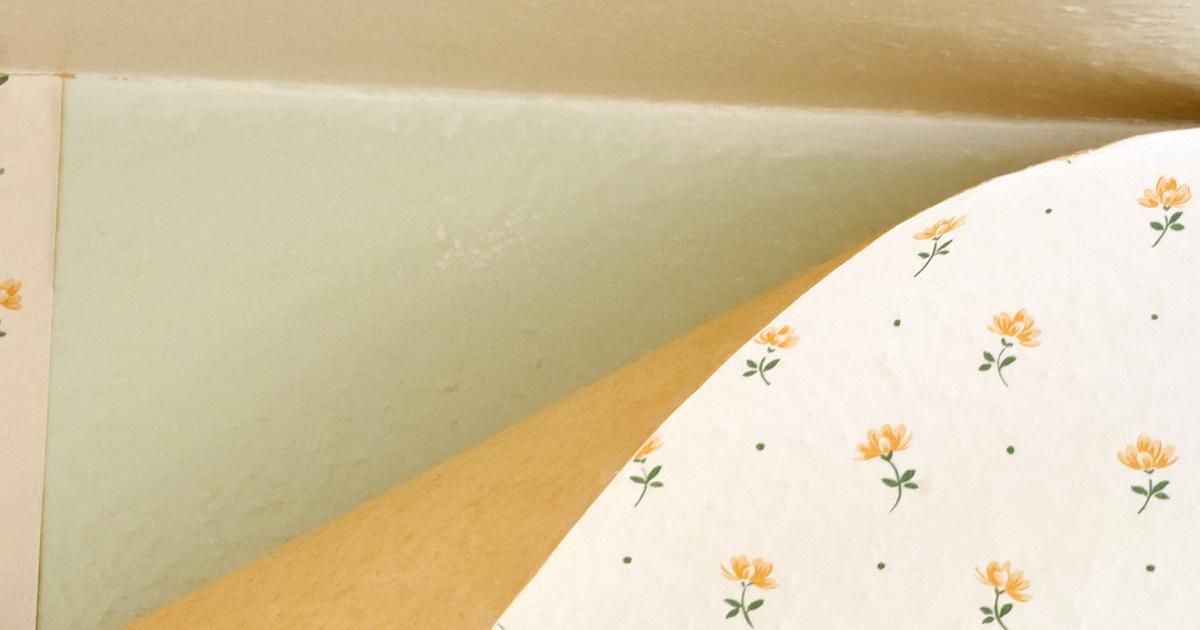
Bed bugs are attracted to areas with wallpaper, and it is especially important to fix peeling wallpaper when looking to prevent or treat an infestation. Normally, wallpaper peels as a result of air bubbles that form beneath the paper or due to an insufficient amount of glue. Peeling might also occur if wallpaper glue has been applied incorrectly. To fix peeling wallpaper, individuals must locate the peeling section and pull the paper in that area back until they reach an area where the paper is adhering firmly to the wall. Using an artist's paintbrush, they can apply wallpaper seam adhesive to the entire area that has been peeled back, paying particular attention to the edges of the wallpaper. Next, they must press the paper firmly back onto the wall, smooth the paper with a wallpaper roller, and use a damp cloth to wipe away any excess adhesive. Wallpaper bubbles are often due to foreign objects such as dirt particles, and these can be removed by exposing the area and cutting out the foreign object with a utility knife. Bubbles that do not contain foreign objects can be fixed by injecting wallpaper adhesive into the bubble.
Continue for more on getting rid of bed bugs now.
Get A New Mattress
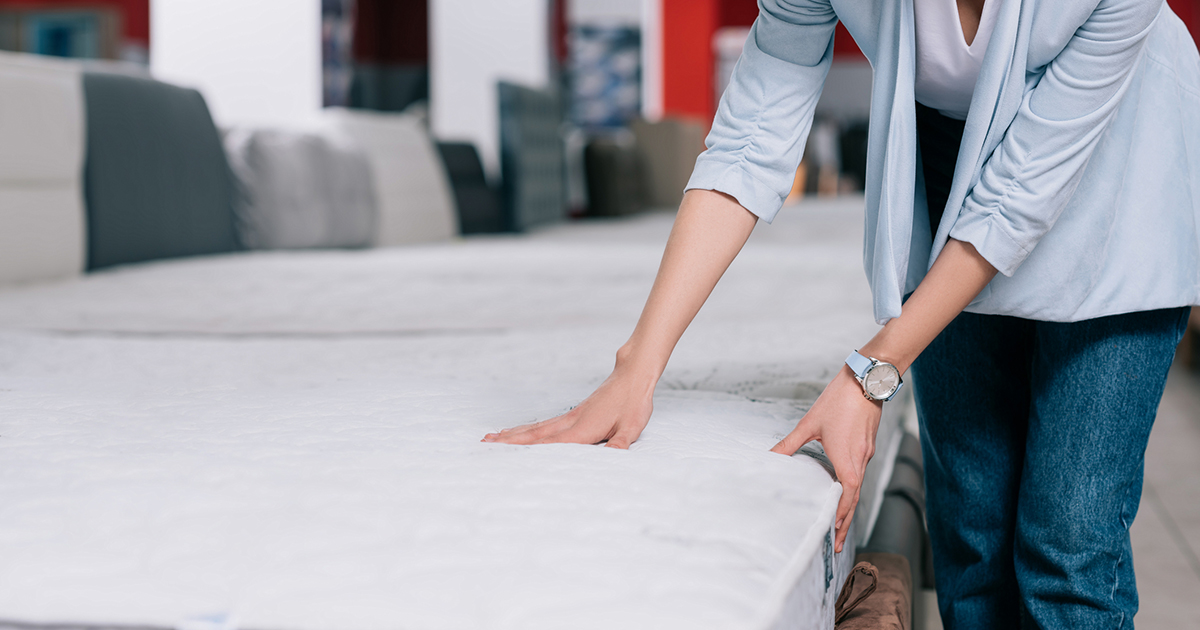
Mattresses can frequently become heavily infested with bed bugs, and many individuals who have experienced this will need to get a new mattress. Since over ninety-five percent of bed bug infestations are within five feet of the bed, any existing bed bug issues should be treated before buying a new mattress. The bed frame should be checked for any crevices in which bed bugs could hide. To dispose of a mattress with bed bugs, experts recommend covering it with plastic and placing a bed bugs label on the plastic to protect the workers who dispose of it. After a new mattress has been purchased, pest control officials recommend covering it with a bed bug mattress encasement or a bed bug proof mattress cover for at least one year. Box springs can be covered with a box spring encasement. Although it may not be practical to use bed bug encasements permanently, it is especially important for mattresses and box springs to be covered with these encasements during the process of moving to a new house or apartment.
Get more details on getting rid of bed bugs now.
Call An Exterminator
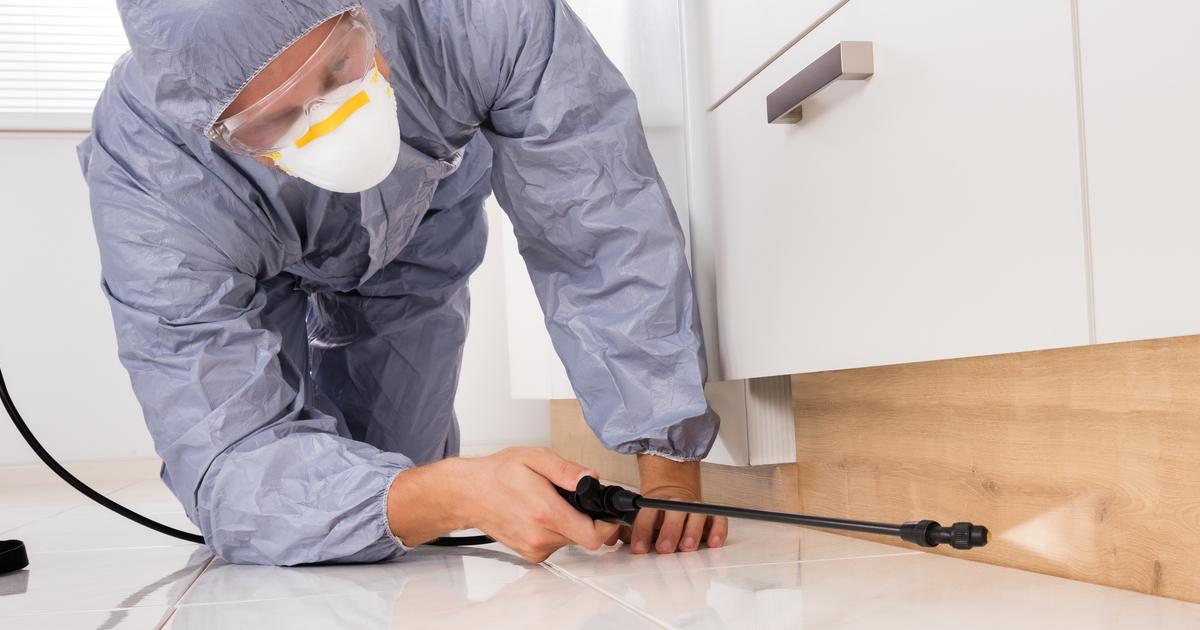
An infestation of bed bugs can be very difficult for individuals to contain on their own, and choosing to call an exterminator often helps take the frustration and worry out of the process. The exterminator will perform a thorough inspection, and they can recommend treatments such as steam, fumigation, and chemical controls depending on the size of the infestation. To prepare their home for bed bug treatment, individuals must make sure they have a vacuum cleaner, plenty of trash bags with ties, pillow covers with zippers, mattress encasements, and access to a washer and dryer. On the day their home will be treated, bed sheets, pillows, curtains, rugs, and other fabric items will need to be removed from each room that is to be treated. These items can be placed in trash bags and taken to professional cleaners. Furniture should be moved away from walls, and clutter should be removed. Food should not be left on countertops or tables, and pet bowls should be cleaned and stored. While the pest control team is carrying out the treatment process, no one else should be in the home, and pets will also need to be moved to another location during this time. The home should not be entered for at least four to five hours after treatment has finished. After it is safe to enter, all doors and windows should be opened for a few hours, and surfaces should be washed, especially in the kitchen and bathrooms. The home must be vacuumed every day for three or four days after treatment to kill any remaining bed bugs. If necessary, a second treatment can be performed after four weeks.
Learn more about treating bed bugs now.
Use Pest Control Products
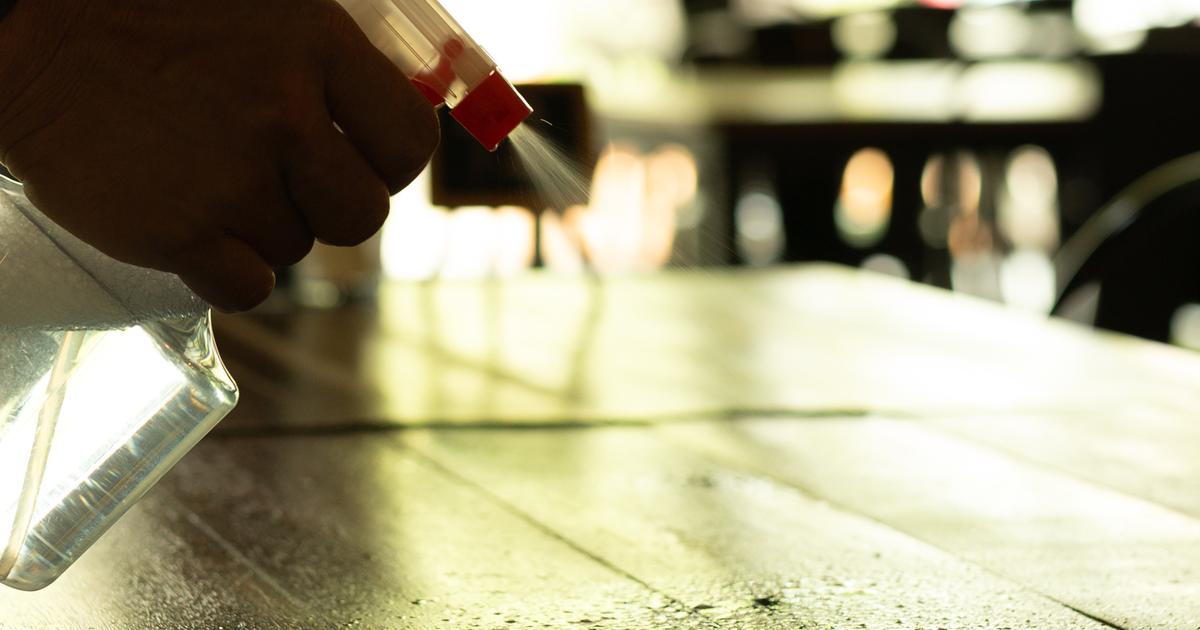
It may be possible to successfully treat minor bed bug issues without professional help. Experts recommend that residents use pest control products for this purpose. Insecticides are some of the most commonly used products for bed bug control. Insecticides effective in killing bed bugs will clearly state this on the label, and most of these are labeled as bed bug sprays or bed bug dusts. Sprays might need to be reapplied every seven to ten days, and insecticide dusts usually last for a few months. Dusts are especially beneficial when applied to crevices and cracks, and sprays are normally used on mattresses and fabrics. Boric acid, silica gel, and diatomaceous earth are natural alternatives that may work for certain situations.